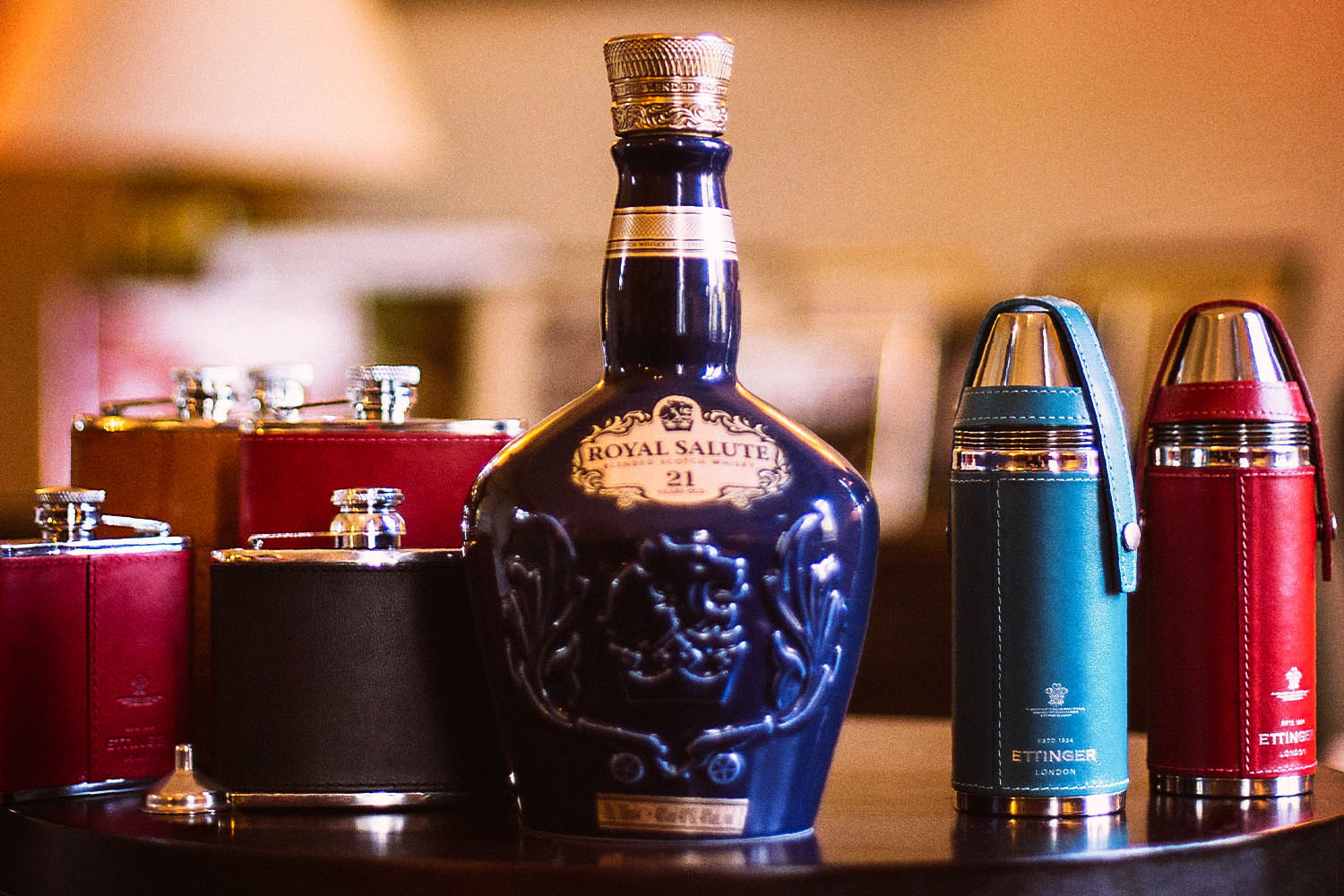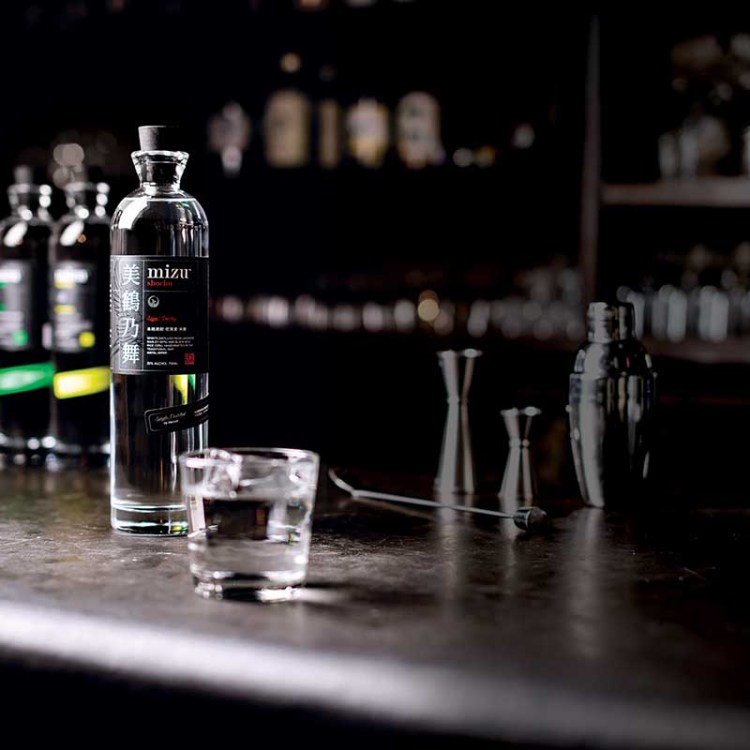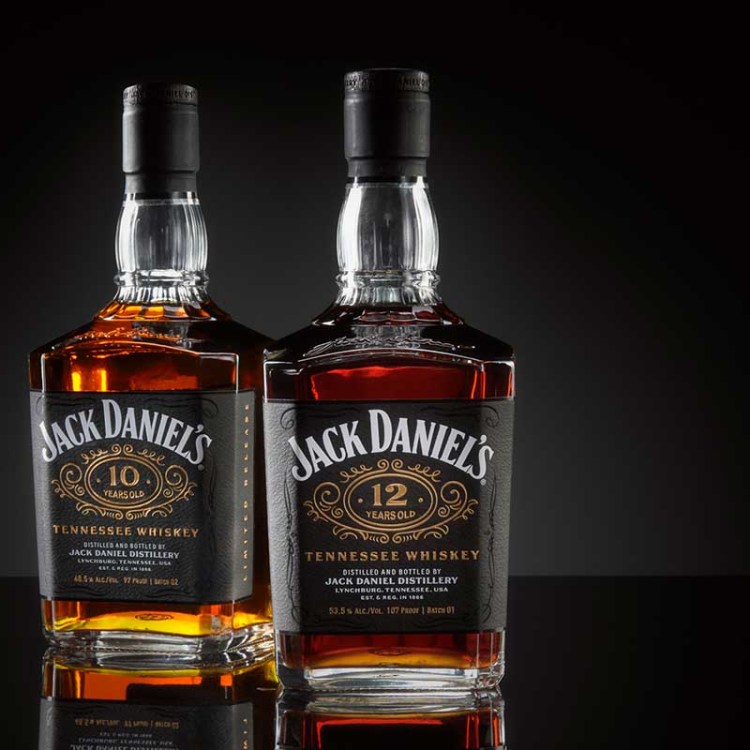What happens Queen Elizabeth II fancies a tipple?
She may very well give it a “Royal Warrant,” as the Queen recently did with Dubonnet, a sweet, fortified wine blended with herbs, spices and quinine, according to InEntertainment (and reported by The Drinks Business).
This royal stamp of approval is just that: it means that Dubonnet, along with past royalty favorites like Pimm’s and Bollinger, can now print “By appointment to HM the Queen” and an official Royal Coat of Arms on their bottles. (Whether the Queen herself is still drinking them, who knows?)
During a 2009 interview with the Daily Telegraph, reporter Andrew Alderson noted that the Queen was a “creature of habit” who preferred a gin and Dubonnet “immediately before lunch.” That’s one part gin to two parts Dubonnet, with two cubes of ice and a slice of lemon with the pips removed, in case you’re interested (recipe here).

As The Drinks Business earlier reported, the process for earning a Royal Warrant requires companies to apply for one after becoming a regular supplier to the Royal Household. The Duke of Edinburgh and the Prince of Wales can also grant these designations, and they are not limited to alcohol but can include anything from cleaning products to board games to flasks. There are currently around 900 products with a Royal Warrant.
As The Royal Warrant Holders Associations describes it: “The history of the Royal Warrant can be traced back to medieval times, when competition for Royal favour was intense and the Monarch had the pick of the country’s best tradespeople. By the 15th century, the Lord Chamberlain, as head of the Royal Household, formally appointed tradespeople with a Royal Warrant of Appointment — a practice that continues to this day.”
The booze Royal Warrant list is a pretty diverse: Martini Vermouth, Gordon’s Gin, Champagne Bollinger, Harveys Bristol Cream and Laphroaig are just some of the bottles to be honored. A full food and drinks list can be found here (where Dubonnet, a “purveyor of aperitifs,” can be found just above Dukeshill, a “ham manufacturer”).
Dubonnet was invented as a medical tonic in 1846 to fight malaria. MacLean’s describes the liquid as having a “viscous mouth feel and a spicy, fruity taste; something like Campari meets sweet vermouth.” Which means, sure, that could definitely work with gin.
Thanks for reading InsideHook. Sign up for our daily newsletter and be in the know.

















